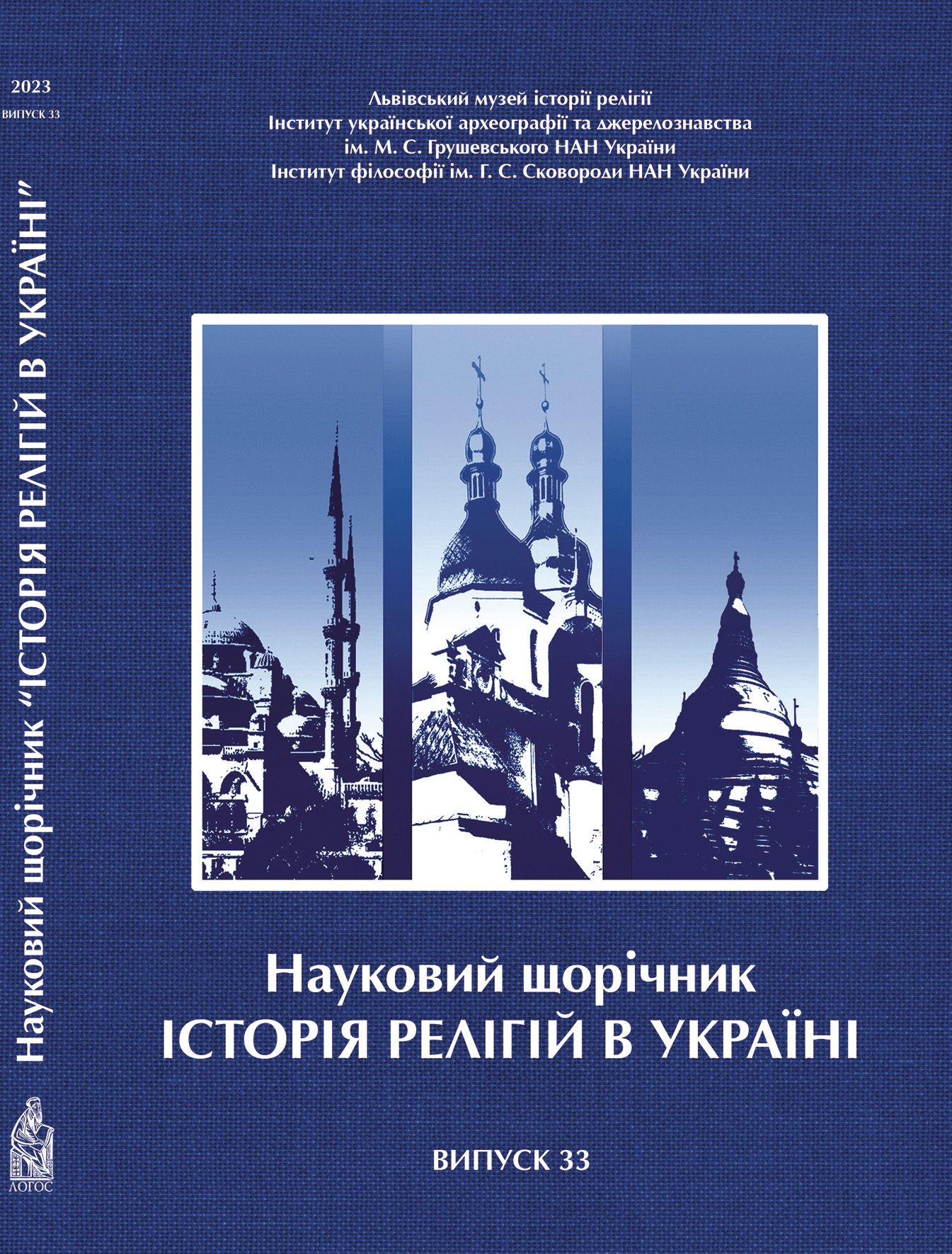Боги-цілителі як символ незалежності грецьких міст римської провінції Азія
Ключові слова:
Асклепій, Гігіея, Телесфор, Пергам, Севери, Антоніни, монети, римська провінція Азія
Анотація
У статті досліджено релігійний аспект самопрезентації грецьких міст римської провінції Азія в добу Антонінів та Северів на прикладі Асклепія та пов’язаних із ним постатей. Показано, що на відміну від писемних джерел, нумізматичні матеріали доводять, що Асклепій не був просто богом – покровителем медицини, а тісно пов’язаний із ідентичністю та управлінням. Висновується, що Аскленій був символом збереження грецької системи цінностей в умовах романізації.
Ключові слова: Асклепій, Гігіея, Телесфор, Пергам, Севери, Антоніни, монети, римська провінція Азія
Опубліковано
2023-05-25
Розділ
ДОХРИСТИЯНСЬКІ КУЛЬТИ

